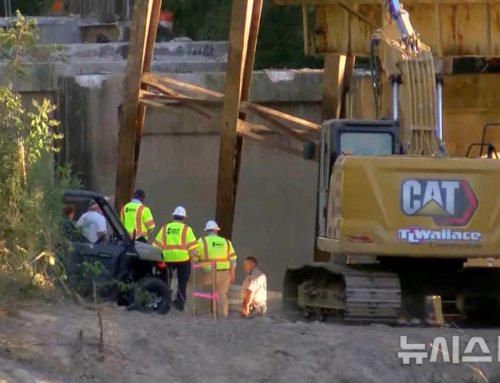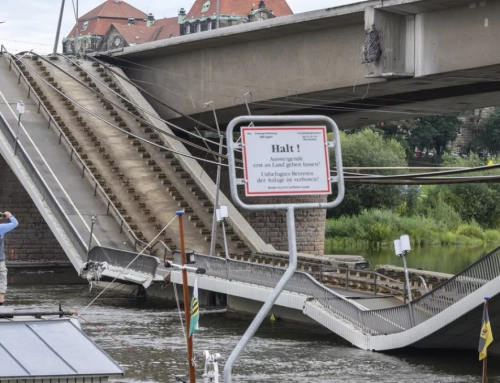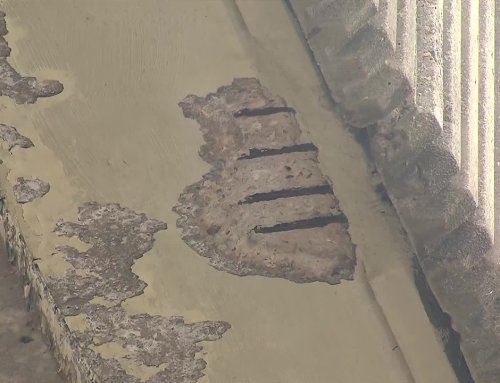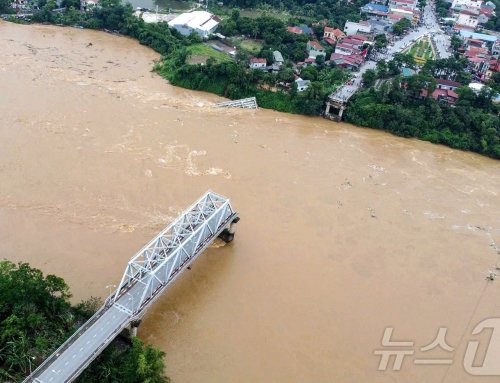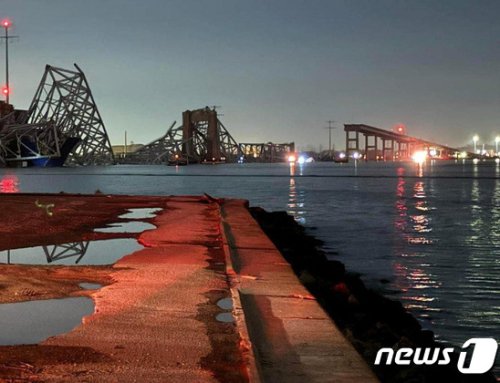NORTH PALM BEACH, Fla. – A partial bridge collapse on U.S. 1 Wednesday morning in North Palm Beach spanning the Earman River closed southbound lanes for multiple hours.
Pictures show a railing and a portion of the bridge, which has an average daily traffic of 26,500 vehicles, was completely gone.
The Florida Department of Transportation said they were notified of the collapse around 10 a.m.
A sidewalk and an approximately 20-foot chunk of concrete wall was resting under the U.S. 1 bridge. The chunk was causing waves and boats were advised not to pass under the structure.
FDOT is inspecting both sides of the bridge. As of Wednesday evening, there was one southbound lane open and two northbound lanes open.
FDOT says it is working to get an emergency declaration to help expedite the repairs. The agency is also working to move in some “barrier wall” to help cover the massive hole.
North Palm Beach resident Killian Doughney says that was the same spot where he was bait fishing
just a few days ago.
“That’s a solid footing. I was literally standing on the concrete railing looking down, spreading out the net,” said Doughney.
It’s unclear what caused the collapse. FDOT inspectors are at the scene.
State records show the bridge, located just north of Northlake Boulevard, was built in 1956 and reconstructed in 2003.
It was last inspected on Nov. 4, 2015 with a sufficiently rating of 75.8 and a “functionally obsolete” status, according to the National Bridge Inventory.
State records show there are currently 87 bridges in Palm Beach County that are either “functionally obsolete” or “structurally deficient.”
What’s a “functionally obsolete” bridge?
A bridge is considered “functionally obsolete” when it does not meet current design standards (for criteria such as lane width), either because the volume of traffic carried by the bridge exceeds the level anticipated when the bridge was constructed and/or the relevant design standards have been revised.
Addressing functional deficiencies may require the widening or replacement of the structure. Rural bridges tend to have a higher percentage of structural deficiencies, while urban bridges have a higher incidence of functional obsolescence due to rising traffic volumes.
Structural deficiencies are characterized by deteriorated conditions of significant bridge elements and potentially reduced load-carrying capacity.
A “structurally deficient” designation does not imply that a bridge is unsafe, but such bridges typically require significant maintenance and repair to remain in service, and would eventually require major rehabilitation or replacement to address the underlying deficiency.

